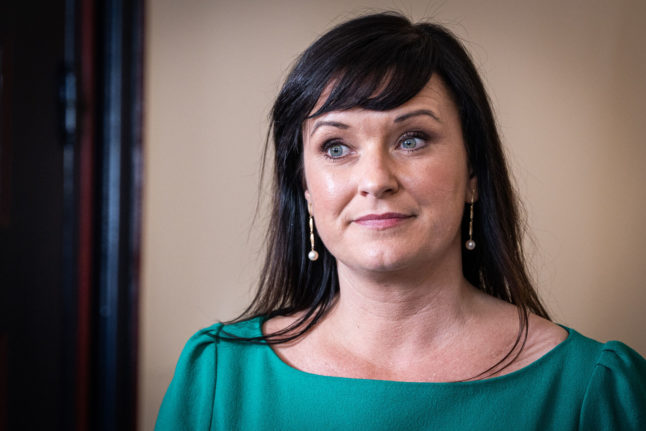In Sweden, the 21 regions are responsible for healthcare, which means fees as well as things like waiting times vary depending on where in the country you live.
In the Sörmland region, it was previously free to visit a primary care doctor, but as of 2019 there is a cost of 200 kronor.
And in the Uppsala and Örebro regions, the fee for a doctor's appointment was raised from 150 to 200 kronor.
Örebro also raised the fee for visiting a specialist, from 280 to 300 kronor, while in Uppsala this kind of visit has got cheaper after a reduction of the fee from 330 to 260 kronor.
In the rest of Sweden's regions, the cost of a trip to the doctor remains the same as in 2018.
It is also possible to get medical assistance through a digital appointment, and the fees for this range from 100 to 300 kronor, again depending on the region.



 Please whitelist us to continue reading.
Please whitelist us to continue reading.
Member comments